-min.png)
How to Write Website Copy: Template + Best Practices
Key takeaways
- Website copy drives navigation, communicates value, and boosts conversions by guiding users through your site with clear messaging.
- Strong copy starts with understanding your brand, audience, and positioning so every message aligns with your mission, values, and ICP.
- Mapping your site and defining a messaging hierarchy ensures each page has a clear purpose and supports a smooth user journey.
- Writing web copy is iterative and works best when writers and designers collaborate closely throughout the process.
- Great homepages use clear headlines, social proof, pain/solution framing, feature blurbs, and strong CTAs to move users forward.
- Best practices: write for scanners, focus on benefits, use clear CTAs, stay specific, match tone to your ICP, and refine based on data.
Picture this. You are on a quest to build a website teeming with features and functionalities that users and search engines will love. You know what you want — the pages to load almost instantly, boasting a 99.99% uptime (the lauded four nines), with sharp images and plenty of interactive elements, APIs, and widgets that guarantee sky-high user engagement time. The missing part of that equation, or its key ingredient, is website copy.
Website copy guides users on how to use your website, informs them of the services and products you offer, and gets them to convert. It’s easier said than done, even if you listen to hours of podcasts about content marketing. In this guide, we’ll cover different strategies, processes, and offer tips that will help you learn how to write website copy that ensures your business grows.
What Is Website Copy and How Is It Different?
Website copy is written content found on websites that serves the purpose of informing, engaging, and ultimately, persuading visitors to perform a specific action. Good examples of website copy include hero taglines, call-to-action (CTA) buttons, or service descriptions. Suppose you run an online platform for teaching crafts. The hero tagline there could be: “The Fastest Way to Learn Crafts Online”. You can even pair that with another example of copy, a CTA of “Enroll Now”.
Website copy differs significantly from other forms of digital writing, like blogs or emails, even though these usually call to mind first when you think of copywriting. Website copy is built for action. Blogs aim to educate, and emails may nurture or sell, but these don’t guide users through the site while nudging them towards a goal or, say, signing up, booking a call, or simply navigating the site further.
Website copy plays two roles at once: functional and emotional.
- Functional: It tells users where they are, what they can do, and why they should care, with crystal clarity.
- Emotional: It reflects your brand voice and builds trust. It sets the desired tone and resonates with the users. Think of the difference between “Contact Us” and “Let’s Chat”. Both say the same thing, but only one might match your brand.
Website copy creates a seamless user journey through the website’s structure, hierarchy, and messaging, focusing on how things flow, not just what they say. Here’s how you can achieve that synergy for your website.
{{cta}}
Phase 1: Understand the Business
Without a deep understanding of your business and the user problem you are out there to solve, you won’t know how to write website copy effectively.
Here are the key elements that comprise the initial phase of the writing process.
Know the Brand
Before writing a single word, you need to know what your brand stands for and what you want it to show the world. Website copy must feel like the brand is doing all the talking, not just echoing something generic. That’s why it’s crucial to start with these core pillars:
- Mission: What is your website and brand trying to accomplish? Focus on the bigger picture and what’s driving your business.
- Vision: What is the impact you are trying to make in the long run? Where do you see your business in 10 years?
- Core values: What are the business values powering your venture, and how should those beliefs shape the tone and messaging?
When we reach the realm of messaging, it’s all about unique value propositions (UVPs) and what your brand offers that others don’t. Why should someone choose you over the competition? If your services are faster, cheaper, and more reliable, then that’s something to bake into the website copy.
Know the Audience
Once you’ve zeroed in on your brand’s features and characteristics, you need the same level of precision with identifying your target audience. To do that, start by creating an Ideal Customer Profile (ICP).
This is a description of the company’s ideal long-term customer. You need to account for their behaviors, goals, and insert as much context as possible. For example, are they tech-savvy and do they make quick decisions? The more information you have on your ICP, the more effective your copy can be.
The next step is to dig into areas such as their pain points, desires, and objections. The pain points are issues your audience is trying to solve. Desires revolve around what they want to accomplish. Ultimately, objections are the things that stop them from saying yes, and these are usually related to price, credibility, and ease of use.
Website copy that answers all of these questions before users even ask them is the one that takes them over the edge.
Finally, you need to consider how your audience discovers your brand. Is it through social media posts, referrals, or directly through the SERP? This information can help you strike the right tone and pave the way that turns visitors into customers.
Know the Positioning
With the brand and the audience items checked off the list, it’s time to move to positioning. Basically, it helps guide your copy to carve out a niche in the market for your product or service. To do that, you need to perform a detailed competitor analysis.
The competitor analysis will reveal who else is offering similar products or services, as well as their website copy, including style, tone, and format. The goal is not to flat-out copy their approach — quite the opposite. The key is to identify how to stand apart.
Next up are the messaging pillars or core themes that your copy should reinforce on a regular basis. Messaging pillars are those messages that reflect what your brand is about. Usually, there are 3 to 5 themes to emphasise.
Then, all that’s left is for your website copy to make the reasons why your business is the solution to the user’s problem obvious. Clear and engaging language that speaks about the value of your brand is the norm.
Phase 2 – Map Out the Website Copy
The second phase of this journey of learning how to write website copy involves creating a structure for all the pages on your website and how they relate to one another. Let’s get down to it.
Identify All Pages and Their Purpose
The usual website structure houses these pages:
- Homepage: The page that accounts for the first impressions, and these matter. The homepage introduces the brand, sets the tone, and guides users toward key sections of the page through the main menu or a hamburger menu.
- About Us: This page is not just about the company’s history and milestones. It builds credibility and connection by sharing your story, mission, and vision.
- Product or Service Pages: These are your money pages. They describe your products and services, offering insights into their features, benefits, pricing, and other relevant details.
- Contact or Book a Demo: These pages are designed to reduce friction and make the conversion process seamless. You typically won’t have a lot of content on them, but their importance can’t be overstated.
- FAQ, Testimonials, Case Studies, Blog: There’s an apparent necessity for supporting content that can drive organic traffic, build trust, and answer user search queries. For larger websites, programmatic SEO can systematize and automate content creation across hundreds or thousands of pages.
Each of these should have a clear purpose, be it conversional, informational, or a hybrid one. Through careful internal linking, you can ensure the desired user journey.
Determine the Messaging Hierarchy
Once you’ve figured out what you want to publish, the next step is to determine what you want to say first. In comes the messaging hierarchy. It’s a structure that enables you to communicate and prioritize your brand’s messages effectively. Messaging hierarchy typically takes the form of a pyramid, where the broadest messages are at its base and the more specific ones are at the top.
Here’s how the pyramid breaks down, from top to bottom:
- Headline — This is the hook you want to use to catch the reader’s attention. It has to clearly express what you offer and why it matters.
- Subheadline — The subheadline adds more context to your site and business, so you can expand a bit on what you actually do, who your products are for, and how they work.
- Body Content — The sections that make up the bulk of the content on your website are those where you explain features, products, and benefits of using your product, and they are the middle layer of the pyramid.
- Call to Action — CTAs must be clear and placed strategically on the page, ideally after you’ve built enough value with your content.
Phase 3 – Write the Copy (Iterative Process)
The third phase is about the actual writing process and synchronising it with the work done by the design team. Here’s the deal.
Collaborate with Designers
The design and content teams should work closely together to ensure that we don’t end up with copy that lacks placeholders on the page or design elements with inadequate content. Here’s an example. Imagine the design team has created a promotional banner with a sticky function that stays at the bottom of the page as you scroll through the content.
Now, unless the content team is aware of the character limitation that is bound to apply to that promotional banner, they may create content that can’t be used. On the other hand, with a character limit in mind, writers can focus on building web copy that delivers the message quickly and perhaps make the writing punchy.
The best work happens when they’re developed side by side, not in silos, so you need the right tool to facilitate this collaboration, and Figma is a good example of that. It allows you to write directly inside components. You can also drop copy suggestions into actual layouts. Use comment threads to clarify intent, flag character limits, or request layout tweaks if the copy demands it. If there’s a spot for a CTA, don’t just label it “Button text”. Instead, write the real thing. You’ll immediately see if your words fit the design and feel.
Draft → Review → Revise Loop
No matter how good you are at writing, the chances are you won’t land the style, tone, and flow of the text with the initial draft. Writing website copy is a process you’ll likely go through a few times before everything is set and done.
Expect feedback from stakeholders, the design team, and the SEO team. Everyone brings a different lens through which you need to view your copy, and the best example comes from iteration. Review your copy with context and purpose in mind.
When rewriting, do so that you address issues with the brand tone, conversion elements, or anything else that seems to be off. Don’t just do it for the sake of making a change.
Ultimately, align with the stakeholders regularly. Set up checkpoints and don’t wait for the final deadline to submit your changes.
Website Copy Template (Page-Level Example)
Let’s break down what effective copy looks like on a Homepage and derive a high-level template you can adapt to your own business.
- Hero Section — The goal is to grab the users’ attention quickly and explain what the site is about.
- Headline: It features a headline that is usually a one-liner summing up what you do and who the service or product is for in simple language. For example, “Hand-knitted Toys for Children”.
- Subheadline: You can also offer a follow-up with a subheadline that adds more value, such as “Hypoallergenic and Safe for All Ages”.
- Social Proof — Social proof, such as testimonials, reviews, and endorsements, builds trust and may be the decisive factor that turns visitors into customers.
- Client Logos: Insert client logos with details like: “Trusted by 10 Fortune 500 companies…”
- Testimonials: Short quotes that speak to the results customers have achieved with the help of your services or products. You can also integrate Twitter feeds to show what real users think and support your claims.
- Problem/Solution — Address the user’s problems directly and provide clear solutions.
- Problem Statement: Begin by outlining the challenge users face: “No more shipments lost due to the underperforming tracking system.”
- Offer Solution: Briefly describe your offer or service that solves the problem. “State-of-the-art tracking platform with advanced GEO location and live updates”
- Feature Breakdown — Demonstrate how your solution works in real life through short feature/benefit sections and short blurbs for each feature/benefit.
- Closing CTA — With a closing CTA at the end of the homepage, reinforce the value of your product and restate the key benefit.
8 –10 Best Practices for Writing Website Copy
Here are some additional tips on how to write website copy more effectively.
- Write for scanning, not reading — People these days skim texts and don’t read them from start to finish, so write short paragraphs, bullet points, and bold text to help users quickly find what matters.
- Start with benefits, not features — Show users what’s in it for them before listing what your product does.
- Speak directly to the reader — Use “you” instead of “we” to make your copy feel personal and engaging.
- Use action-driven CTAs throughout — Opt for clear and compelling CTAs to guide users towards the next step.
- Be specific, avoid vague language — Make sure to post concrete numbers and examples to boost your authority, instead of making general claims.
- Align tone with your ICP — The tone and style of your messages should reflect the way your ICPs speak and think so as to make the copy more relatable.
- Cut unnecessary words — Keep the messages short and direct so they are easy to digest.
- Make every headline count — With 80% of users only reading the headlines, it’s essential that they carry the core message.
- Always test with real users or stakeholders — Validate copy by getting feedback from actual users and stakeholders.
- Update regularly based on performance data — Leverage data from dashboards offered by analytics tools to refine your copy.
{{cta}}
Conclusion
Website copy is more than just words on a page. They are the way your brand communicates and converts, not to mention stands out from the crowd, which is why structuring pages with purpose is a must. If you need help building a site that combines beautiful design with conversion-ready copy, Flow Ninja is your go-to option. We offer end-to-end website strategy, design, Webflow development, and copywriting services, and can even make a part of the same service package. Contact our sales representative for a customized quote and discover how we can help you create a site that performs.
FAQ for How to Write Website Copy
How can website copy improve SEO performance?
Website copy enhances SEO by incorporating relevant keywords, internal linking structures, and clear messaging that aligns with user intent. High-quality copy increases time on site, reduces bounce rates, and improves crawlability, all of which contribute to better search engine rankings.
What tools can help manage and streamline website copy collaboration?
Tools like Figma, Google Docs, and Contentful facilitate website copy collaboration by allowing real-time editing, commenting, and integration with design systems. These platforms help writers and designers align copy with intended layouts and user experience goals efficiently.
How does web copywriting differ across various industries?
Web copywriting varies by industry based on customer expectations, product complexity, and regulatory requirements. For example, healthcare copy prioritizes accuracy and disclaimers, while e-commerce copy focuses on benefits and usability to drive conversions quickly.
When should you update your website copy for performance optimization?
Update your website copy when analytics show declining engagement metrics, search rankings drop, customer feedback indicates confusion, or brand positioning evolves. Regular audits—quarterly or bi-annually—help maintain relevance and conversion effectiveness.
What are messaging pillars and why are they important?
Messaging pillars are the foundational themes that consistently communicate your brand’s key values and offerings. They ensure cohesive copy across all pages and help reinforce what differentiates your product or service in a crowded market.
How do you tailor website copy for different stages of the customer journey?
Early-stage copy should focus on brand awareness and value propositions, middle-stage content should address comparisons and problem-solving, and late-stage content should emphasize trust signals and strong calls-to-action to drive conversion.
What’s the role of A/B testing in web copywriting?
A/B testing allows you to compare different versions of copy to determine which performs better in terms of engagement or conversion. By using controlled experiments, businesses can optimize headlines, CTAs, and messaging for maximum effectiveness.
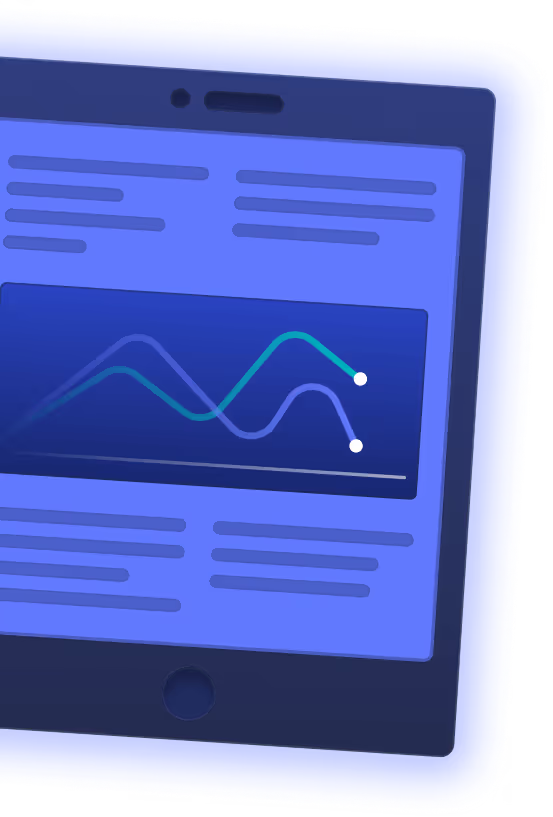
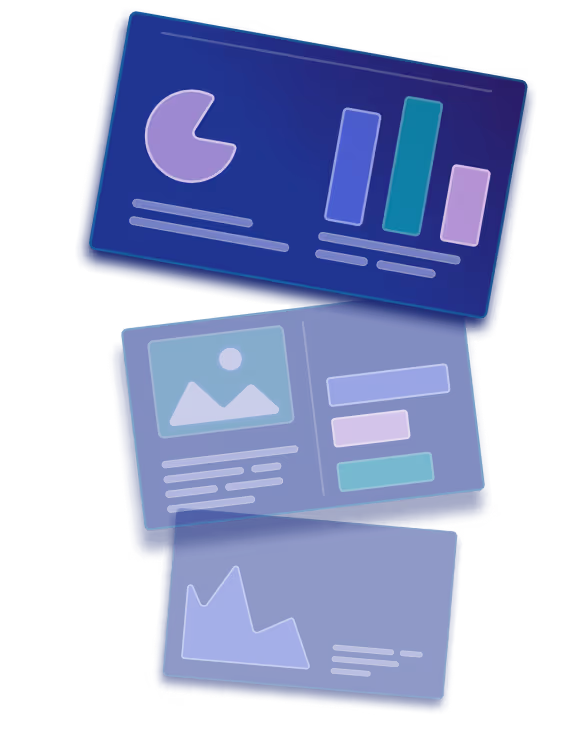
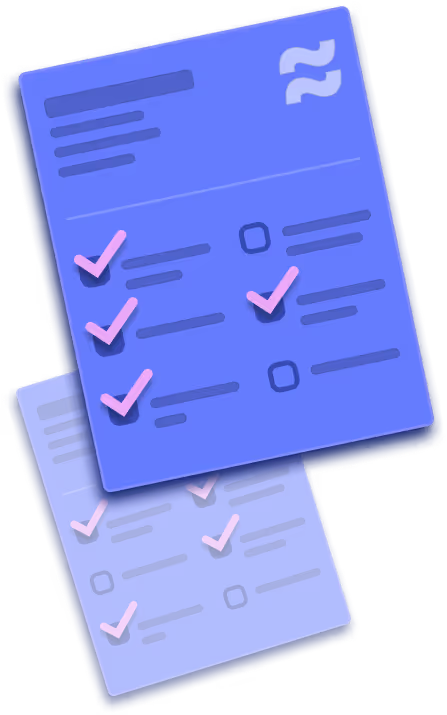
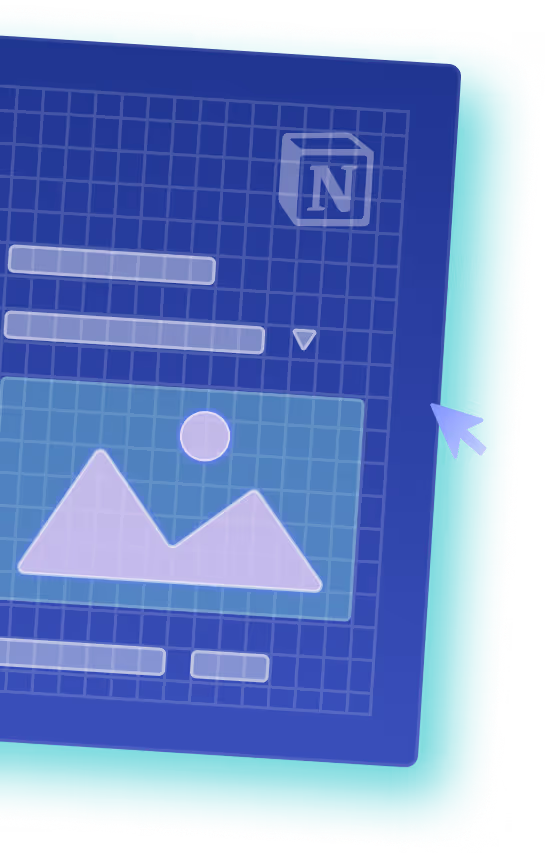
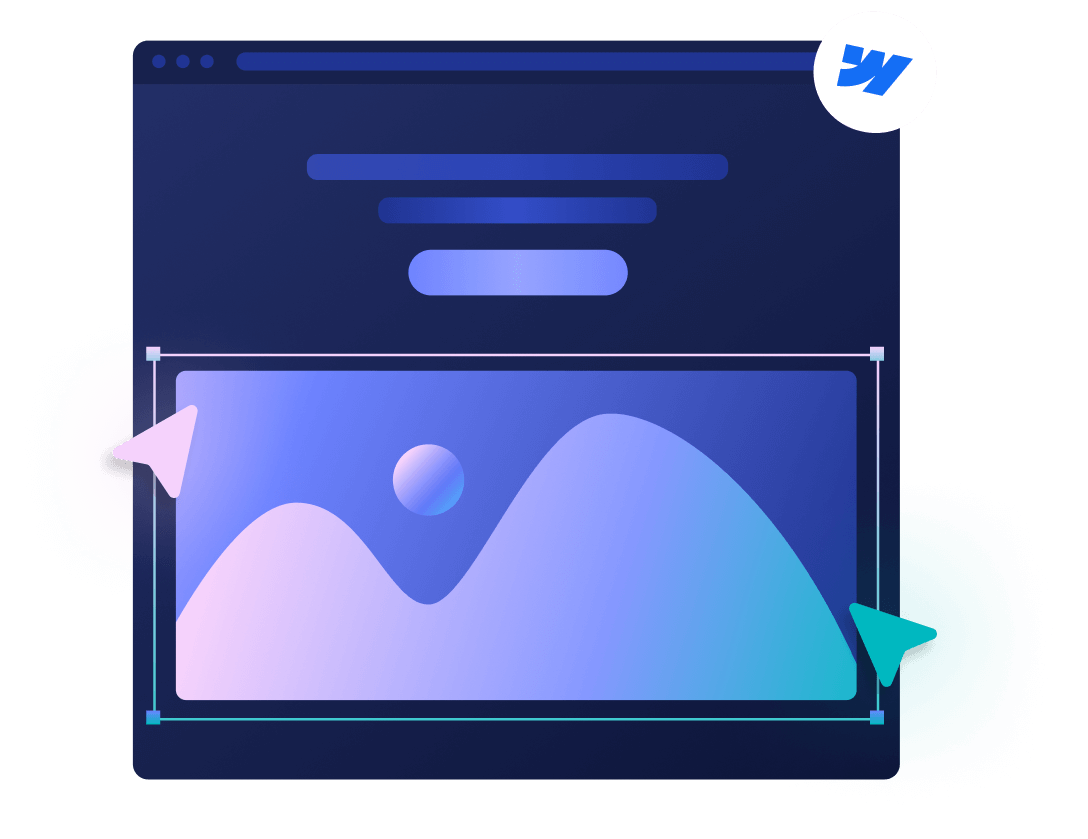

.svg)

.jpg)



.png)
.png)


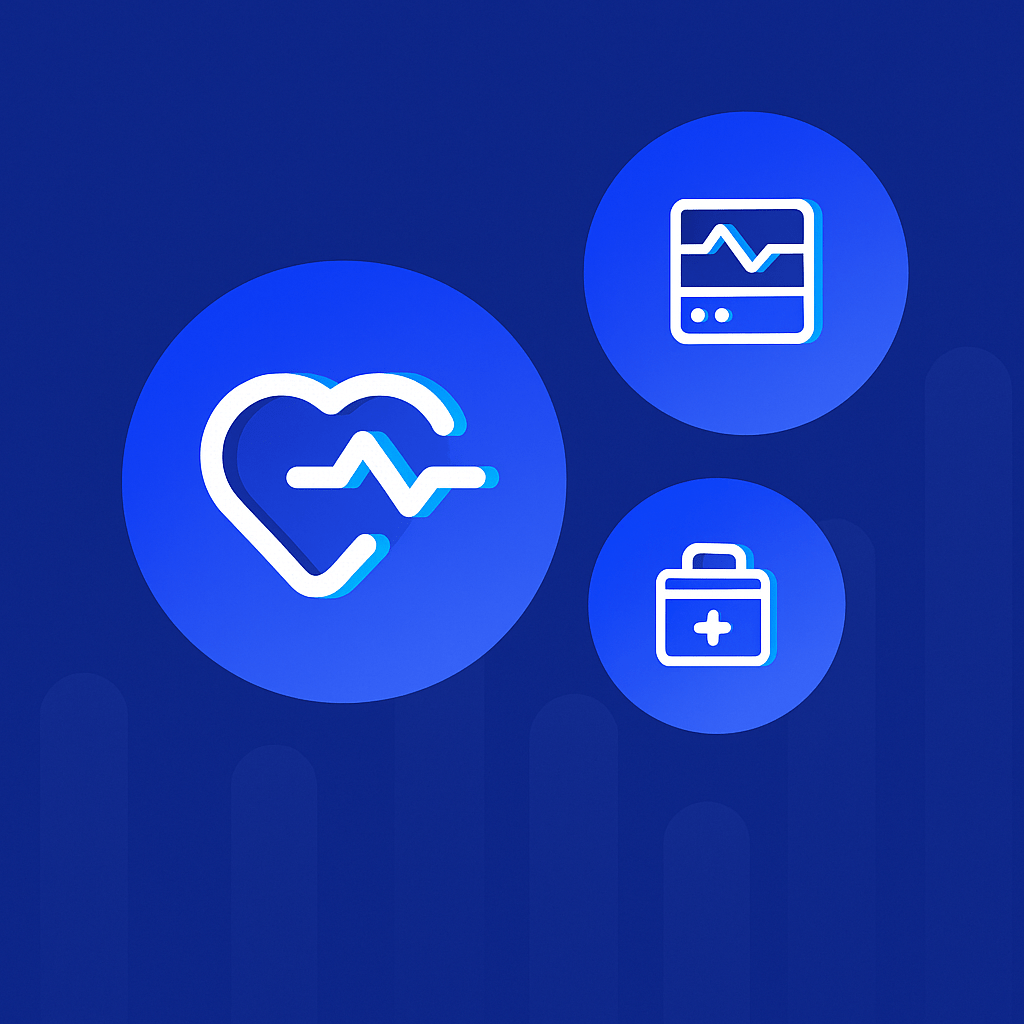


.png)

.png)
.png)








.svg)

.png)
.png)
.webp)
.svg)

